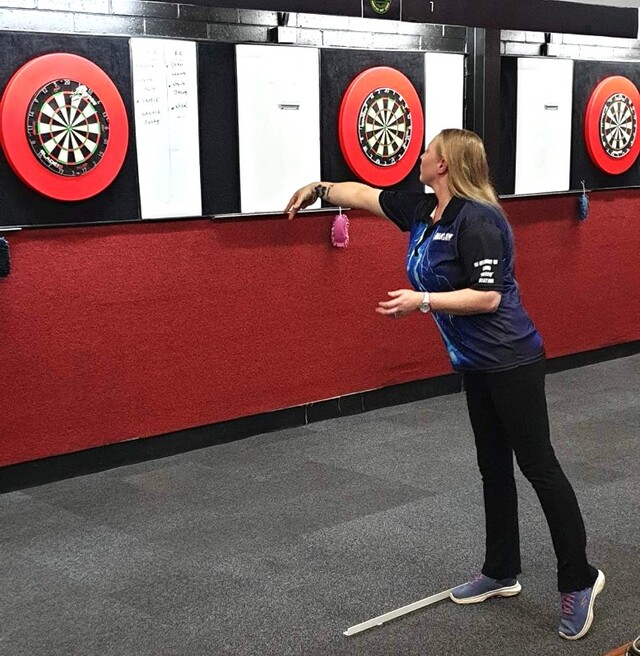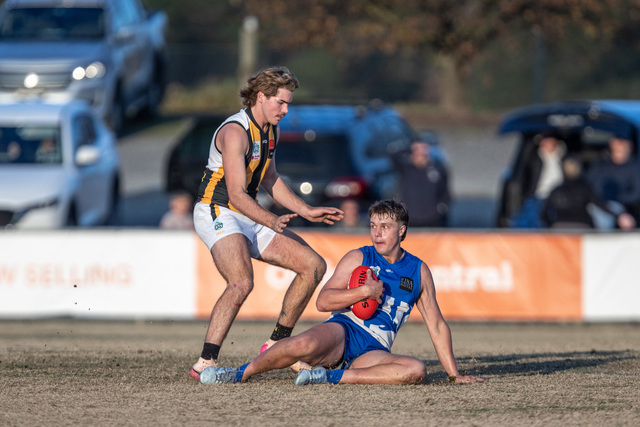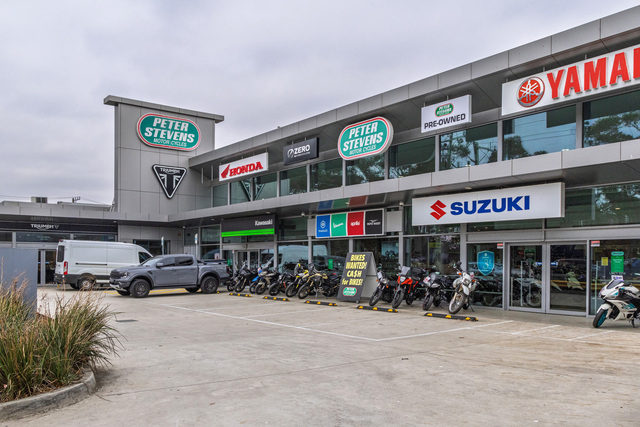A former Department of Transport bus planner says there should be better bus connections between Berwick and Cranbourne, and an overhaul review for Berwick’s bus network should be on the table.
Peter Parker first pointed out the missing link between Casey’s two crucial suburbs on his Melbourne On the Transit blog in 2019. Almost five years later, nothing had changed.
“There’s still no direct bus between Berwick and Cranbourne. It is an issue because Berwick has private schools, hospitals, and tertiary education that many people need to use,” he said.
Mr Parker noted the bus route did not keep up with the rapid development of the region.
“At one time, there wasn’t much housing between Cranbourne and Berwick because Berwick is a very old suburb and Cranbourne is also long established,” he said.
“Then the new housing in Berwick has gone south into Clyde and Cranbourne has gone east into Clyde and Clyde North.
“They sort of joined together so it now makes sense that for all the people living between the two suburbs there is a continuous bus route.”
The Cranbourne bus network was overhauled in 2016 by the State Government but it did not introduce a direct Cranbourne to Berwick route, while the Berwick bus network hasn’t had a thorough review for years, Mr Parker said.
“They [the Department of Transport] really need to sit back and have a look and see how we can make the network better,” he said.
Mr Parker also believed the bus routes in Casey should be simpler, more direct, and more frequent, a perspective echoed by a report from the state’s peak infrastructure body published in November last year.
Infrastructure Victoria (IV) had proposed increased frequency, longer operating hours, extra bus lanes, and more direct routes for growth areas like Casey in the report.
“There are many routes in Casey that overlap one another. Like I think Clyde Road might have four or five routes,” Mr Parker said.
“Bus routes are often typically very infrequent, and they might just finish at a dead-end location.
“They might be there only every 40 to 60 minutes, which if you’re trying to make a connection or to make a train or when you’re coming off a train, then that’s quite a long period to wait.
“Therefore, it’s quicker for a lot of people to drive, and that adds to traffic on the roads. Also, cars are expensive so there’s cost of living issues there.”
The timetable did not reflect the current trends of the society, Mr Parker said.
“About 40 years ago, there was no Sunday trading, for instance. And shops were closed at midday on a Saturday,” he said.
“These bus timetables reflect how things were 30 or 40 years ago, and a lot of them haven’t had changes that respond to things since then.
“It’s basically a reluctance of the government to fix bus timetables.”
Mr Parker said the government had overlooked the bus service.
“They did have a bus plan, but the Victorian Bus Plan came out over 1000 days ago,” he said.
“They’ve done very little with it.
“I think there’ll be demand for people to use buses if there is a good bus opportunity for some people’s trips.”
The Department of Transport was contacted for comment.







